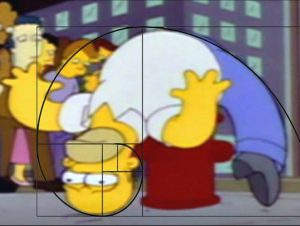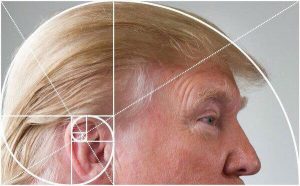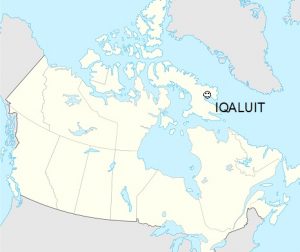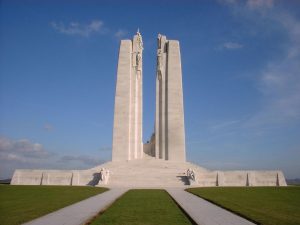The past couple of months my classmates and I have been focusing on a unit called Sins of the City, that’s what our teacher named it anyways. The first thing we did was go to the Museum of Vancouver or MOV. The reason why we went there is becuase, all of the exhibits had something to do with this unit. It had quite a few different exhibits, the most memorable one for me was the exhibit based on labour rights in Vancouver. The reason why I remembered that one the best is becuase I was the most interested in it. We then selected what would be our first, second, and third most interesting topic and one we definitely did not want to do. I ended up getting my second or third choice which was aboriginal rights.

The main focus of the unit was to learn about Vancouver during the interwar years which was the 1920’s and 1930’s. The end result of the unit was a podcast. Anyways, we did many things along the way before we got the final result. This included learning about what acutally happened in between WWI and WWII. We leaned about what happened to the indigenous, for a little bit of the unit. We learned about “The Roaring Twenties”. A main focus in that section of the unit was the changing role of women. This was a focus cause during the First World War, women took the role of men’s jobs, and after the men returned and got their jobs back some women were reluctant to go back to being housewives. One of the big things that happened in the twenties was in 1921, when the women were finally allowed to vote in a federal election. You might be wondering why it was called “The Roaring Twenties”. It was based off of the fact that lots of people were doing things such as going to jazz clubs and motion picture movie theatres, and last but definitely not least, dancing the Charleston. In the twenties, not everybody got to dance the Charleston and do other exciting things like I have mentioned, as there were people with not enough money to pay for extra things that weren’t necessary to live. Some people had to deal with racial discrimination, like aboriginals did not have the right to vote. While we were learning about these thing’s, we were all reading a book, not everybody was reading the same book as there were groups. The reason why we read a book is because we were planning on writing an essay about the book at the end of the unit. We prepared for that by learning how to cite what we said and implement quotes into the essay.
https://m.youtube.com/watch?v=ZJC21zzkwoE
(If you want to learn how be somebody who was born in the early 1900’s, watch this video)
During this unit we also learned about the immigration into Canada. We were split into 3 groups;1911,1921,1931. We all made charts about what we found about the immigration into Canada during those years. We then learned about Economy, and boom and bust. The next thing we focused on was our essay but, our teacher decided to change the essay topic into something completely different. The reason why we changed course is because basically everybody in the class did not enjoy their book. Our teacher did not want to have to read 25 essays about much they didn’t like the book. The teacher changed it to a each of our group members writing individual essays about the same thing, but the essay is a letter. The letter is meant to make a change in something we believe needs to be changed, underneath the topic of our group. We decided to write a letter about how negative stereotypes directed towards aboriginals, is wrong and needs to be stopped, and a way of doing that is by including a unit of some sort into the curriculum to teach children about the aboriginals history and who they are today. Of course, there are some things we learn about aboriginals, but their needs to be a little bit more just becuase there are still people who believe in these negative stereotypes.


Now I am going to finally talk about the end result of the unit which was a podcast. My group of 3 and I mainly researched the Truth and Reconciliation Commision, which our teacher told us should be the main focus of our podcast. Our teacher did not want us to be like every other documentary, podcast or book about, because all of those are sad, and talk about what horrible things happened. Our teacher wanted us to talk about how we are making an effort to mend the relationship non-Aboriginals and Aboriginals have. I could tell you about what else we researched and how we wrote a script, but that stuff is boring and I think the better option would be to let you listen to the podcast.
Although I forgot to to mention that we interviewed somebody for the podcast. I interviewed Joy Fontaine-Cramer, who is the niece of Phil Fontaine. We had to interview somebody who could back up what we were saying, so that we could prove that we werent just writing random things and this is believed by other people aswell, not to mention people who are expierenced in that field.
This unit was a very interesting unit and I believe that my group and I executed on the podcast very well. I found that I learned a lot and my podcasting skills became much stronger, and I will be able to make podcasts that are as good if not better.
If you would like to check out my groups’ blogs here they are: Sofia Bergman, Willa Bisanz
























